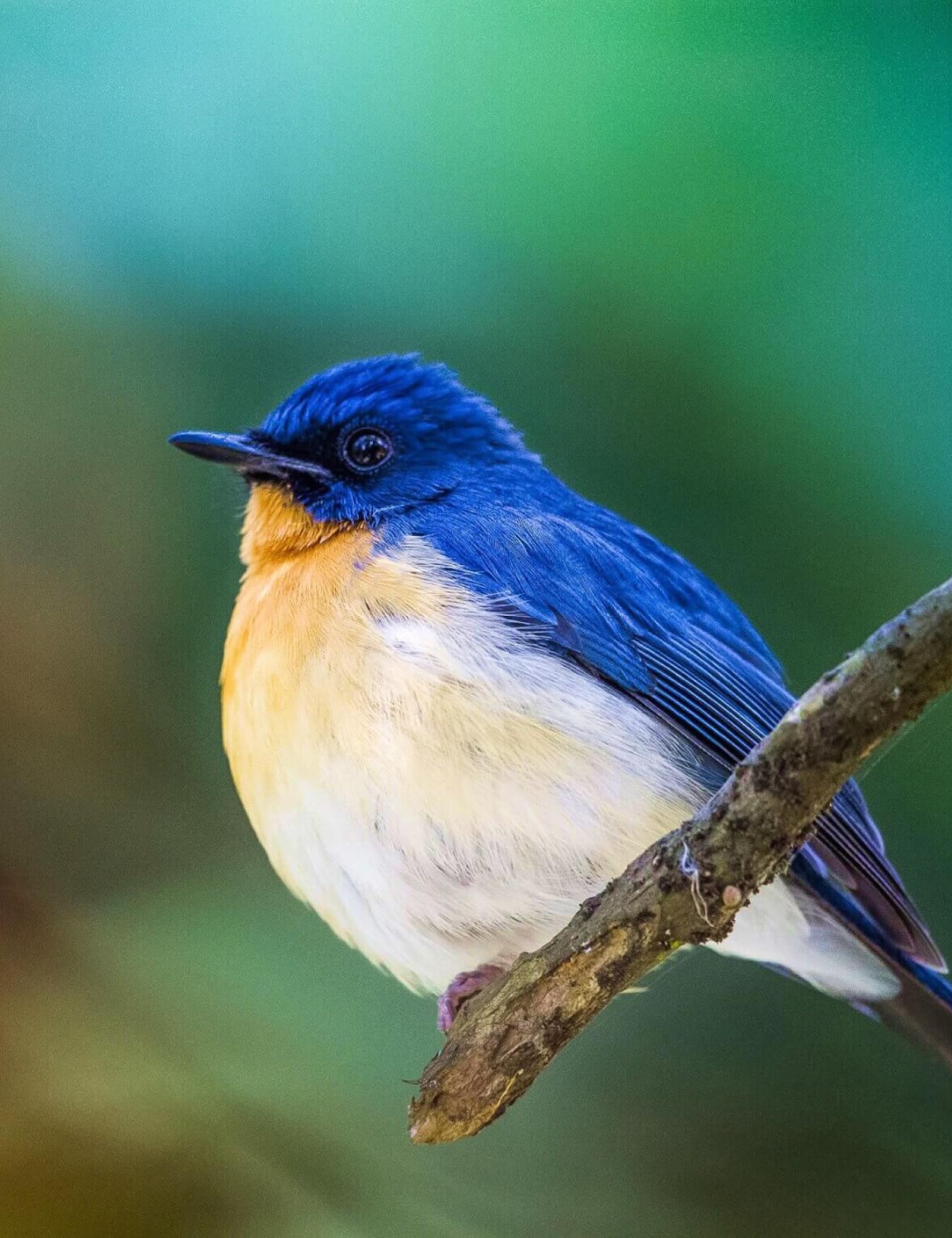Overview
One of the last remaining unaltered natural places in India’s northeast is Kaziranga National Park. The Brahmaputra Valley floodplain’s biggest undisturbed and representative area, measuring 42,996 acres, is in the State of Assam. This vast area of wet, alluvial tall grassland, interspersed with several broad, pools of water flecked with grasses and blobs of deciduous to semi-evergreen woodlands, is the result of the fluctuations of the Brahmaputra River, which produces remarkable descriptions of riverine and fluvial processes. One of the best wildlife refuges in the world is known as Kaziranga.
At the turn of the 20th century, the park helped save the Indian one-horned rhinoceros from extinction, and now it is home to the biggest population of this species.

Best Time to Visit
November through April are the ideal months to visit Kaziranga.
The region’s winter season begins in November and lasts until February. It is very moderate and dry, with mean high temperatures of 25 °C (77 °F) and low temperatures of 5 °C (41 °F).
Beginning in June and lasting through September, the area experiences its rainy monsoon season.The 2,220 mm of rainfall that falls in Kaziranga each year is due to this season (87 in). Because of the rising water level of the Brahmaputra, three-fourths of the western portion of the entire part is flooded during July and August.
The region’s summer season begins in March and lasts through the end of May. The hottest month here is thought to be May. Due to the unusually hot season, animals are usually seen close to water sources.
Park Closure
Opens: November to April.
Closes: From June to September, the park remains completely closed to visitors.
Safari Options: Jeep Safari, Elephant Safari.

Fauna
Kaziranga forest is primarily known for being the natural habitat to more than 2000 one-horned Rhinoceros, the highest number of this species in the world. The forest is also the home to the large population of the Wild water buffalo, around 57% of the world population is found here. The other herbivores in the forest include Eastern swamp deer, Hog deer, Elephant, Gaur, Sambar, Wild boar, Indian Muntjac and a few others.
Flora
The flora of the Kaziranga primarily consists of alluvial savanna woodlands, alluvial inundated grasslands, tropical moist mixed deciduous forests, and tropical semi-evergreen forests. The difference between the altitude of the eastern and the western region of the 378sq km large Kaziranga forest is the reason behind the diverse vegetation species found along the length of the forest. The western side of the park, which is at a lower altitude is dominated by the vast grassland.

How to get there ?
By Air
By Rail
By Road
Related Tour
Price starts from
₹48,000
Tour Date
- April 06-10, 2024 (4N 5D) Kaziranga only - Sold Out
- April 06-13, 2024 (7N 8D) Kaziranga & Manas - Sold Out




